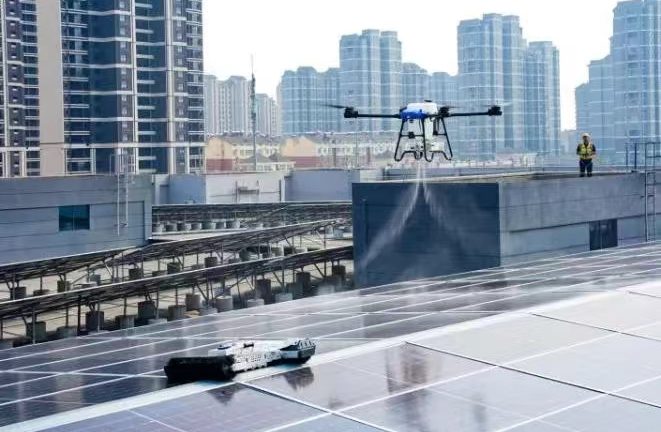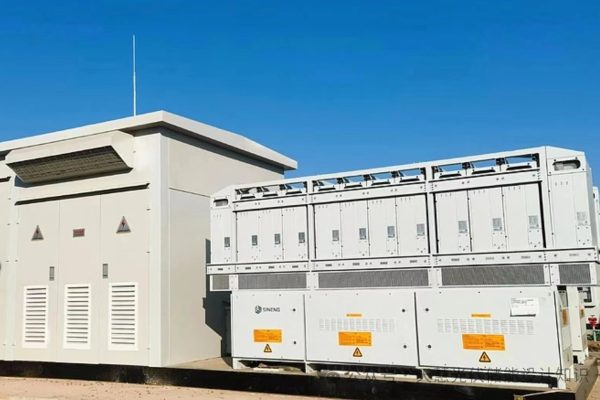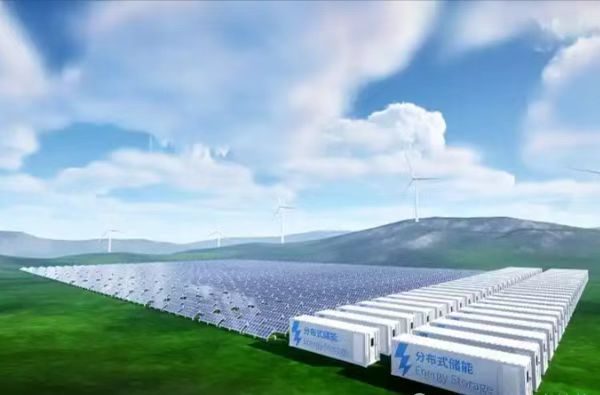What System Buyers and Installers Should Know for Smarter Energy Design
When Every Millisecond Matters
In solar + battery systems, especially in hybrid or backup applications, the speed of inverter response and its load management behavior can make or break the user experience. Whether you’re powering a villa, a small resort, or a commercial office, a delayed switch or poor load shedding logic can cause:
- Lights to flicker or devices to reboot
- Air conditioners or compressors to trip
- Battery reserves to be wasted on non-essential loads
As a system buyer or integrator, understanding how inverters handle transitions and prioritize loads helps you design smarter, more resilient, and client-friendly systems.
1. What Is Inverter Response Time?
Inverter response time refers to how quickly the inverter reacts to:
- A grid outage (transitioning to battery/off-grid mode)
- A grid return (switching back to grid-tied mode)
- A load surge (such as motor startup)
- A command (such as from a BMS or EMS)
Typical values:
| Response Event | Good Range |
|---|---|
| Grid-to-battery switchover | <10 milliseconds (ms) for UPS-grade |
| Battery-to-grid restore | <20 ms (depending on sync design) |
| Load surge stabilization | 20–100 ms depending on inverter firmware |
<15ms is typically considered seamless for IT and lighting loads.
2. Types of Inverter Modes and How They Respond
Most hybrid inverters operate in one or more of the following modes:
| Mode | Response Priority | Behavior |
|---|---|---|
| On-Grid | Grid first, solar assist | Fast reaction to PV availability, but grid handles load |
| Off-Grid / Island | Battery + PV only | Inverter must instantly meet all demand |
| Backup Mode | Switchover during grid failure | Inverter senses outage and switches to battery |
| UPS Mode | Uninterruptible supply | <10ms switch time, usually requires external ATS or fast DSP |
In off-grid or backup mode, fast response is essential to keep critical loads (servers, security, lighting) running smoothly.
3. What Is Load Shedding Logic?
Load shedding is the inverter or EMS’s ability to disconnect non-essential loads when battery SOC drops or during high-demand events.
Most advanced systems support:
- Tiered Load Priority (essential vs. non-essential)
- Automatic Load Drop at defined SOC or power thresholds
- Timed Shedding (e.g., turn off pool pump after sunset)
- Manual Override via app or EMS
4. Real-World Load Shedding Scenarios
Scenario 1: Residential System in Grid Outage
- Total load: 6kW
- Battery: 10kWh
- Inverter: 5kW hybrid with 3 load output channels
- Strategy:
- Essential: Lighting, fridge, Wi-Fi — always on
- Tier 2: Air conditioner — shed if battery <40%
- Tier 3: Pool pump — shed during any outage
Result: User maintains comfort and essentials, avoids full shutdown at 2 AM.
Scenario 2: Commercial Office with PV+ESS
- Load: 12kW day, 5kW night
- Battery: 20kWh
- System goal: Maximize uptime for IT + lighting
- Load shedding plan:
- At 50% battery: disconnect HVAC
- At 30% battery: disconnect signage, printers
- At 15% battery: alarm + SMS trigger
🔌 Well-configured logic = controlled shutdown, not sudden blackout.
5. Response Time vs. Reliability
Some cheaper inverters claim “UPS function” but switch in 20–30 ms, which can reboot PCs or drop network connections.
Checklist to verify inverter switchover capabilities:
- Does it have a transfer relay or true seamless inverter output?
- Is the system tested under real load (e.g., with compressors or PCs)?
- Is response time stable across temperature or battery conditions?
Ask suppliers for oscilloscope test data if critical load continuity is a concern.
6. Load Prioritization: Who Sets the Rules?
Load shedding logic can be configured in different layers:
| Level | Who Controls | Typical Tools |
|---|---|---|
| Inverter firmware | Manufacturer preset or app | GoodWe SEMS, Deye App, Growatt Shine |
| BMS control | Battery protection triggers | CAN protocol, RS485 |
| EMS (Energy Mgmt System) | Installer or client-defined | PLCs, Victron GX, Solarman Pro |
| External ATS or breaker logic | Installer wired | Physical contactors |
Advanced installers often combine BMS data + inverter firmware + client schedules.
7. Tips for Buyers and Integrators
✅ Ask your inverter vendor: Does this model support load-shedding relays or smart load ports? How many?
✅ Plan your load tiers early. Group circuits by criticality — don’t connect everything to one output.
✅ Choose batteries with communication protocols (e.g., CAN/RS485) to enable smarter SOC-based load control.
✅ Design for worst-case response: What if battery is low and grid fails during peak?
8. Final Word: Smart Inverters Need Smart Setup
Fast response time and intelligent load management aren’t just “nice to have” — they directly affect:
- Appliance protection
- System longevity
- Client satisfaction
- ROI for energy users
As a system buyer or installer, make sure your inverter can not only convert power — but also manage power wisely.









